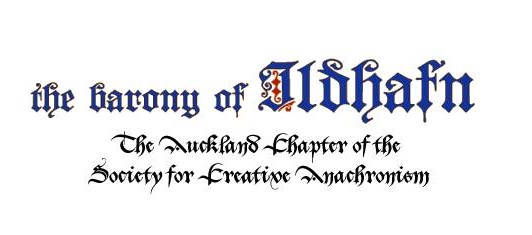Date:
Late 13th to early 14th century (c. 1300)
Description:
Alle psallite cum luya is a lively Latin motet composed in the medieval Ars Antiqua style. It is a jubilant and rhythmic piece based around the word “Alleluia,” elaborated with tropes in the upper voices while the tenor maintains the repeated chant “Alleluia.” This motet is often performed in early music concerts due to its energetic and dance-like character.
Discussion:
This piece is found in the Montpellier Codex, a significant 13th-century manuscript of French polyphony. It represents a typical three-part motet, with a plainchant tenor voice and two faster-moving upper voices adding increasingly ornate text between “Alle” and “luya.” The result is an exuberant and rhythmically engaging piece that illustrates the development of polyphonic technique in the medieval period.
Composer:
Anonymous
Arranged by:
Modern editions by various early music editors; common arrangements exist for vocal trio or SSA voices, and sometimes for recorders or other instruments.
Sheet Music:
Available on CPDL and in anthologies of medieval motets (e.g., Monastic Choirbook, Medieval Songbook). Some editions are transcribed in modern notation with editorial rhythmic interpretation.
The arrangement we use is in the Big Lochac Snogbook, page 10, pdf, or musescore file.
Parts:
Originally three parts:
- Triplum (upper voice)
- Motetus (middle voice)
- Tenor (chant basis, repeating “Alleluia”)
Modern arrangements typically: SSA or instrument trio.
Type:
Sacred Motet / Medieval Polyphony
Language:
Latin
Ranges:
- Triplum: D4 – G5
- Motetus: A3 – D5
- Tenor: G3 – C4
(Ranges vary by edition; some transpose for modern voices or instruments.)
Advice for beginners:
Start by getting comfortable with the isorhythmic repetition in the tenor—it anchors the piece. The upper voices require agility and good rhythmic coordination. Practice slowly to master the syncopations and interplay between lines. Blend and ensemble cohesion are key, as well as crisp Latin diction. Works beautifully in small choirs or early music ensembles.
Sound Files:
Here are some sound files for reference. All parts, 1st line(others play quietly), 2nd line(others play quietly), 3rd line(others play quietly)
